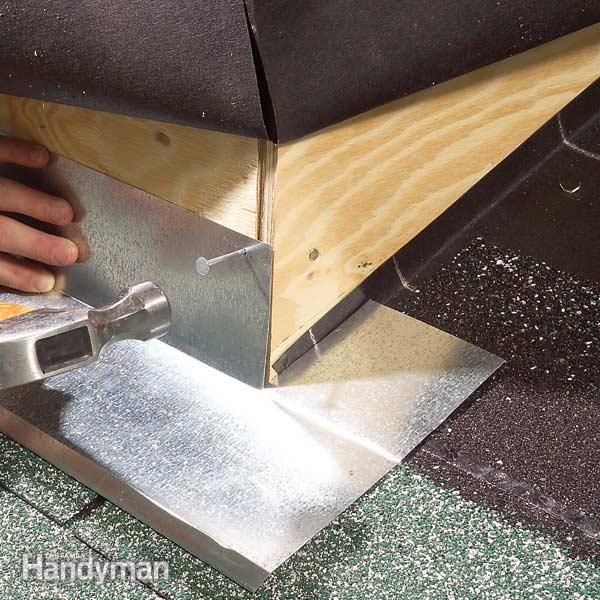Flat Roof Lead Flashing

Lead flashing is a piece of milled lead that sits between joints to create a durable and weathertight seal.
Flat roof lead flashing. If this becomes damaged for any reason it can cause similar problems to missing tiles allowing rain into your property. Flashing joints are lapped 6 in the direction of water flow. Lead roof flashing is usually made from code 4 milled lead which is recommended because it provides a good compromise between malleability and resistance to fatigue splits caused by expansion and contraction. Lead flashing has been used for hundreds of years in situations such as where a roof meets a wall on a roof valley around other penetrations such as chimneys pipes and around window and door openings.
Lead flashing onto a flat roof when fitting flashings to flat roofs no overlap onto the roof is required as the roof itself will have it s own upstand flashing built into it. The flashing extends onto the roof a minimum of 2 inches 4 inches is preferable in more severe climate areas. The flashing extends up the wall at least 4. Roof flashing is a thin material usually galvanized steel that professional roofers use to direct water away from critical areas of the roof wherever the roof plane meets a vertical surface like a wall or a dormer.
All the same rules of flashing apply except only the measurements of chase depth and drop are required. Gibraltar drip edge flashing can be used with asphalt shingles or metal roofing panels. Their main purpose is to act as a defense against rain snow ice moisture and even some debris. Flat roof flashing is a very important component of a roof and should never be ignored.
Hi as long as the lead flashing has been fitted correctly ie the correct code and no longer than 1 5 mtrs in length with at least 150mm overlap the lead flashing will last a life time also by doing this the lead can expand and contract and prevent any splitting in the future a full inspection of the flat roof will determine whether or not you need to replace. Lead flashing on your roof helps protect the edge of your roof where tiles meet brickwork such as your chimney or any skylights. The metal flashing is formed with a hook edge and cleated on 12 centers. The extra kick at the bottom of the face directs run off away from the structure.
Flashing is installed to surround roof features such as vents chimneys and skylights. Essentially flat roof flashing is strips of metal that are bent at a 90 degree angle. This drip edge flashing provides protection from water damage along the eaves and rake of a roof.














































